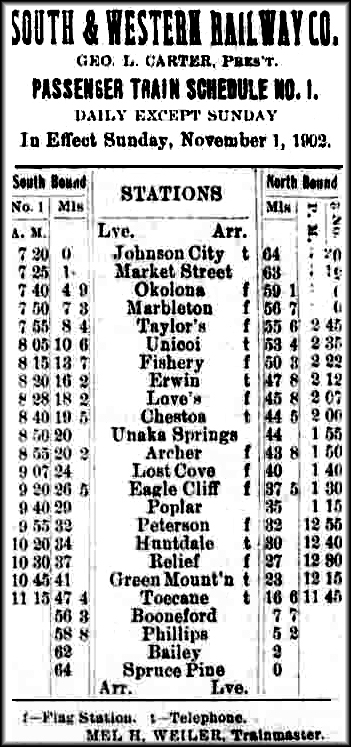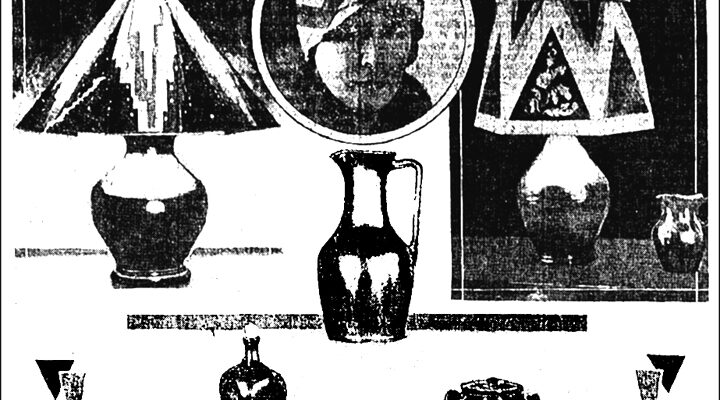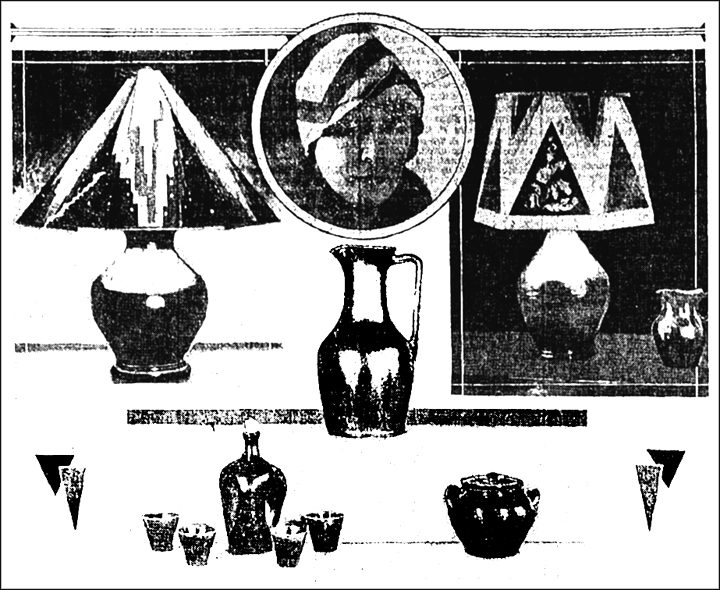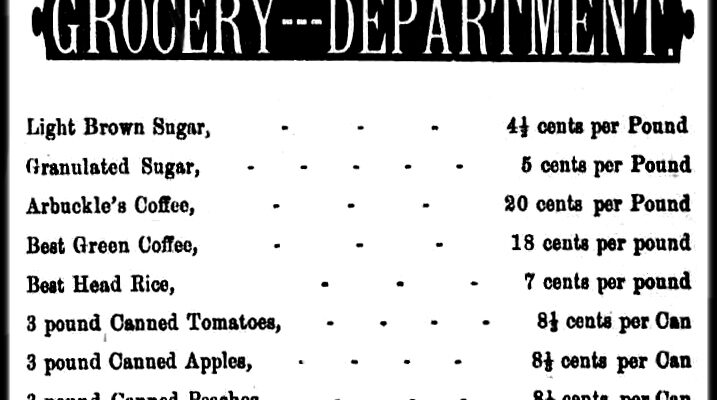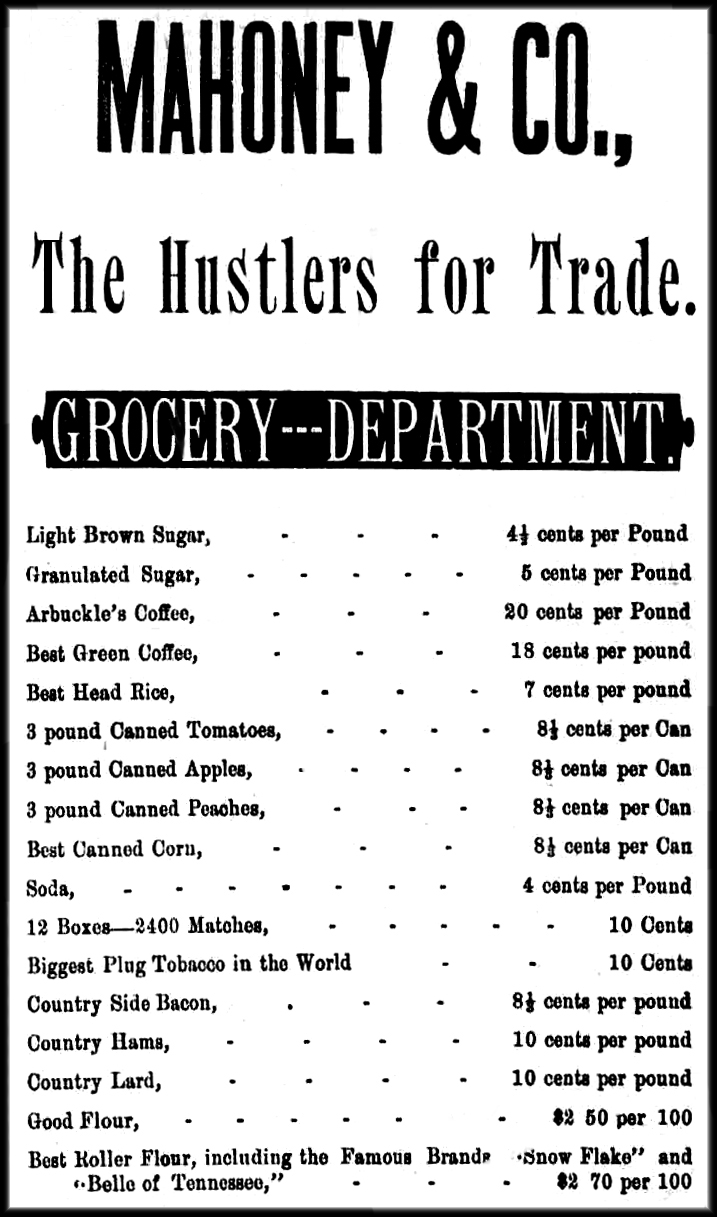A few weeks ago, Joe Avento, a Press Staff Writer, produced an interesting article for the newspaper titled, “From a goat to a parrot: ETSU's choices of nicknames, mascots quite the colorful tale.” In the piece, he noted the various mascot names the school has adopted over the years, such as Bucky, Pepper, Captain Kidd I and Captain Kidd II. Joe further explained that Captain Kidd I came on board in 1950 and disembarked in 1957, allowing Captain Kidd II to take over the helm.
Joe's article reminded me that the 1953 ETSU annual in my library featured a live goat named Billy the Kid (not Kidd). The book showed a sketch of the domesticated animal on the cover, plus an additional 34 photos and caricatures throughout the pages that depicted the friendly critter.
The yearbook officers that year were Charlene Wright, editor; Don Lockmiller, business manager; Drury Cargill, sponsor; and Louie Kinch, photographer.
A perusal of the contents of the book revealed an account of the class of 1953's college days with the ever-present “assistance” of the school mascot. The opening title, spread over eight pages, defined the noble goal of the annual: “Billy the Kid makes tracks, taking us back over the trail, bringing back memories of a year's events as the class of 1953 presents The Buccaneer.”
Slightly enhanced captions for 17 of the pictures of Billy are listed below (top to bottom, left to right:

01. “I am a good second baseman, coach.”
02. “Don't kid me, Kid.”
03. “Cream and sugar, please. Here's my nickel.”
04. “I love water sports.”
05. “Remember that every little “butt” helps.”
06. “A mixed reaction to a goat in class.”
07. “At last, it's graduation day.”
08. “Coach Brooks certainly knows basketball.”
09. “Oh goody, a letter from Aunt Nanny.”
10. “Sir, my aim is to become a 4-star general.”
11. “We need to patronize sponsors of our yearbook.”
12 “Billy the Kid makes his presence “felt” on campus.”
Indeed, that was all. Billy the Kid must have leaped, bucked, skipped, galloped, and trotted on his hooves into the sunset after that one year concluded because he was not the mascot in the 1954 annual. According to a reference in the 1952 annual, Captain Kidd 1 was the mascot that year. No mention of a mascot is noted in the 1954 edition, but we know it was Captain Kidd 1. Maybe a former student or other knowledgeable reader can shed clarifying light on why Billy the Kid only served one year in 1953. Also, does anyone recall any stories about this popular goat?



